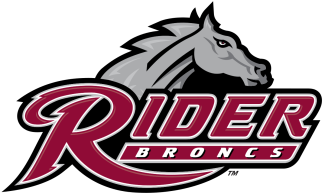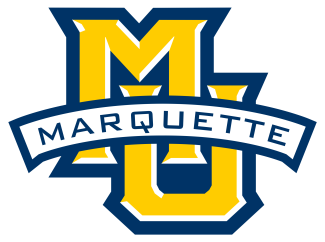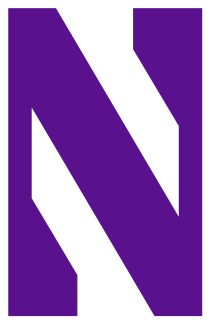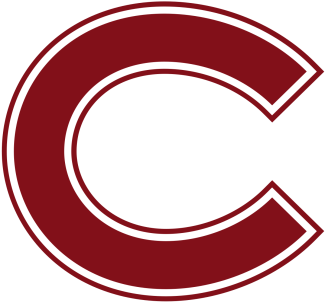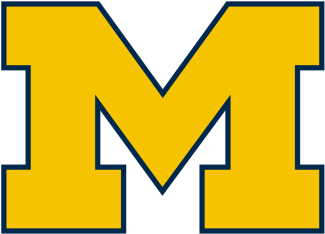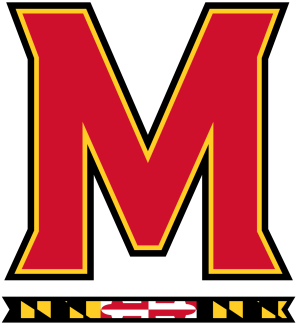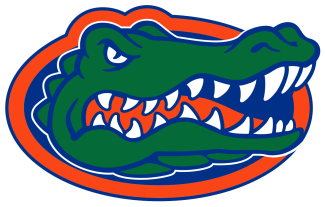DRAWING A CROWD
Maryland announced a crowd of 3,195 for its defeat of Princeton on Saturday night. That topped the weekend, with Syracuse (3,167) also topping 3,000 with its first home tournament game since 2008 and Denver cramming 2,965 into Peter Barton Stadium.
Overall, there were six attendance figures of 2,000 or more over the weekend, the first time that’s happened since 2016. Denver, Georgetown and Notre Dame had their largest first-round crowds ever, while Duke had its biggest since 2012 and Maryland had a 20-year high for its postseason opener.
Even the smallest crowd — the 1,469 who sat through two weather delays at Johns Hopkins — actually ties into aggregate improvement. It’s the first time all eight games on the opening weekend hit that total since 2007.
EIGHT GAMES, EIGHT STARS
The eight performances to highlight from the weekend begin, appropriately enough, with an eight-goal barrage.
Payton Cormier, A, Virginia. The Canadian became Division I’s all-time scoring leader, uncorking an eight-goal day in his final home game to reach 222 for his career. That’s one more than former Penn State star Mac O’Keefe, and it pushed the Cavaliers past Saint Joseph’s 17-11.
Josh Zawada, A, Duke. The graduate transfer was one of three ACC players with an eight-point day in the first round, dropping four goals and four assists on Utah as the Blue Devils cruised to a 19-7 victory.
Casey Wilson, SSDM, Denver. The Pioneers got two goals and an assist in transition from their ace short stick on the way to a 16-11 victory and their first trip to the quarterfinals since 2018.
Luke Wierman, FO, Maryland. The senior tilted possession to the Terrapins against Princeton — again. Wierman won 20 of 26 draws as Maryland rolled 16-8. In two games against the Tigers this season, Wierman claimed 40 of 49 faceoffs (81.6 percent).
Matt Collison, M, Johns Hopkins. The sophomore deposited four goals, including the go-ahead goal with 4:56 remaining, as the Blue Jays survived a scare from Lehigh and advanced with a 13-10 triumph.
Anderson Moore, G, Georgetown. The freshman let in the first five shots on goal. After that? He stopped 10 of 14 as the Hoyas rallied from a five-goal deficit to defeat Penn State 12-9.
Pat Kavanagh, A, Notre Dame. The Tewaaraton finalist scored on all three of his shots and had two assists to help the Fighting Irish control the second half of a 14-9 triumph over pesky Albany.
Joey Spallina, A, Syracuse. The sophomore had four goals and four assists in his NCAA tournament debut, as the Orange surged past Towson 20-15 in the nightcap of Sunday’s quadrupleheader.











